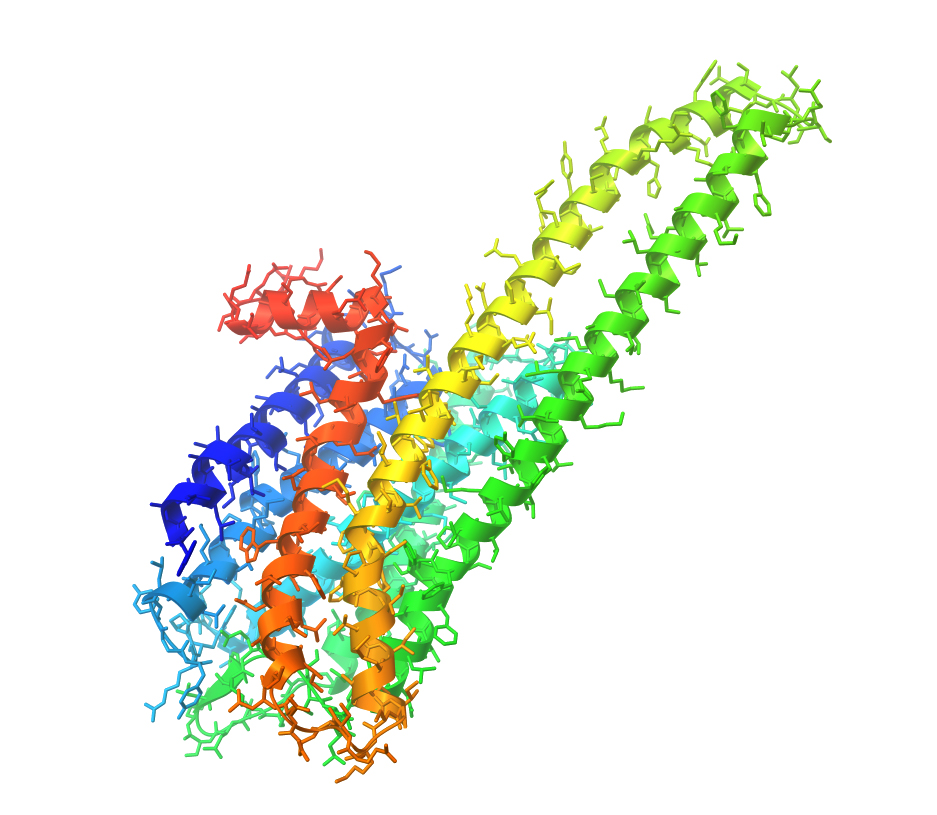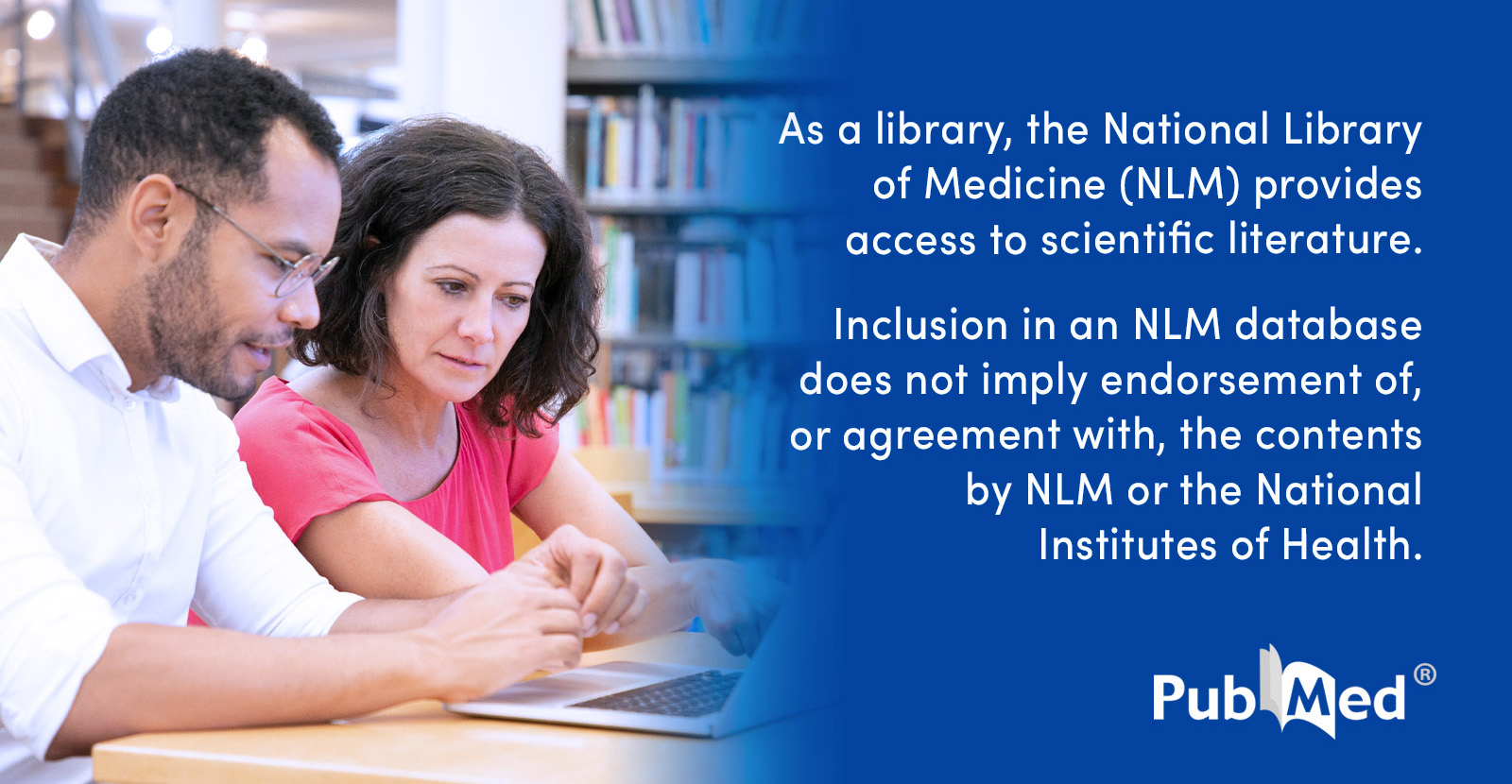”Downregulation of post-synaptic 5-HT2A receptor is an adaptive process provoked by chronic administration of
selective serotonin reuptake inhibitors (SSRIs) and classical antipsychotics. Suicidal and otherwise depressed patients have had more 5-HT2A receptors than normal patients. Paradoxical down-regulation of 5-HT2A receptors can be observed with several 5-HT2A antagonists.”

en.m.wikipedia.org
”Initial biochemical studies reported that St John's wort is only a weak inhibitor of monoamine oxidase-A and -B activity but that it inhibits the synaptosomal uptake of serotonin, dopamine and noradrenaline (norepinephrine) with approximately equal affinity. However, other in vitro binding assays carried out using St John's wort extract demonstrated significant affinity for adenosine, GABA(A), GABA(B) and glutamate receptors. In vivo St John's wort extract leads to a downregulation of beta-adrenergic receptors and an
upregulation of serotonin 5-HT(2) receptors in the rat frontal cortex and causes changes in neurotransmitter concentrations in brain areas that are implicated in depression.”
PubMed® comprises more than 38 million citations for biomedical literature from MEDLINE, life science journals, and online books. Citations may include links to full text content from PubMed Central and publisher web sites.

www.ncbi.nlm.nih.gov
I’ve been using St. John’s Wort for roughly a week now. I’m taking 875 mgs a day. I’ve noticed a positive change in mood and creativity. I’ve began to produce music again and I can feel the passion again. Although I consumed shrooms 3 times a week ago, and had an amazing experience on the third trip. I experienced a complete ego-death and that definately changed the way I view the world. I would say I’m 95% the person I was before the injections. Got injected twice, roughly 10 months ago. I’m not sure if it’s the shrooms or SJW, or both in combination, but I can clearly feel a change in cognition, in a positive manner.
SJW upregulates the serotonin 2A receptors which paliperidone antagonizes and downregulates and psilocybin and psilocin found in shrooms are agonists of that particular receptor type. The first trip I had last week had dulled visual effects, and I came to a conclusion I still had paliperidone left in me, because the lack of visuals indicated that the 5HT-2A receptors were still partially antagonized by paliperidone. Visual effects of shrooms are caused by the agonism of those receptors. But the second and third trip I had, were one of the most visual trips I’ve ever had, and believe me, I’ve used psychedelics for a good bit. The cause of my psychosis was streetspeed, which probably contained some research chemicals instead of amphetamine + long-acting counterfeit benzos, so the psychedelics are not to blame here.
So anyway, I just wanted to share my experience with these compunds and I’m not suggesting anyone to do the same. However, if you decide to not listen to me, remember to do your research before trying anything new. Psychedelics may not be good at all for people who are suffering/have suffered from psychotic conditions. Also SJW will speed up the metabolism of roughly 95% of synthetic drugs on the market, make sure to remember that. On top of the P-glycoprotein induction, which basically speeds up the removal of foreign substances (paliperidone) through the cell membrane, SJW has mild to moderate anti-depressant effects, which I’ve certainly noticed. I’m also mixing some Rhodiola in my coffee which makes receptors more sensitive to dopamine and serotonin. Basically enhances the effect of these neurotransmitters. After seeing the video I linked above, I’m going to include the Lion’s Mane extract and psilocybin microdoses in my ”stack” as well and see how that affects me.
Peace! ✌
E: I did a little bit more research and found this;

Paliperidone antagonizes serotonin 1A, 2A, 2C, 6 and 7, as seen above.

However, psilocybin and psilocin show agonist affinity for all of the receptors that paliperidone antagonizes. For some receptors the affinity is much stronger, so it should somewhat counteract the antagonization.
”5-HT1A receptor activation has been shown to increase
dopamine release in the
medial prefrontal cortex,
striatum, and
hippocampus, and may be useful for improving the symptoms of
schizophrenia and
Parkinson's disease.
[38][39] As mentioned above, some of the atypical antipsychotics are 5-HT1A receptor partial agonists, and this property has been shown to enhance their clinical efficacy.
[38][40][41] Enhancement of dopamine release in these areas may also play a major role in the antidepressant and anxiolytic effects seen upon postsynaptic activation of the 5-HT1A receptor.
[42][43]
Activation of 5-HT1A receptors has been demonstrated to impair certain aspects of
memory (affecting declarative and non-declarative memory functions) and
learning(due to interference with memory-encoding mechanisms), by inhibiting the release of
glutamate and
acetylcholine in various areas of the
brain.
[44] 5-HT1A activation are known to improve cognitive functions associated with the prefrontal cortex, possibly via inducing prefrontal cortex dopamine and acetylcholine release.
[45]”
”5-HT2C receptors are claimed to significantly regulate mood, anxiety, feeding, and reproductive behavior.
[12] 5-HT2C receptors regulate dopamine release in the
striatum,
prefrontal cortex,
nucleus accumbens,
hippocampus,
hypothalamus, and
amygdala, among others.”
”The 5-HT7 receptor plays a role in
smooth muscle relaxation within the
vasculature and in the
gastrointestinal tract.
[5] The highest 5-HT7receptor densities are in the
thalamus and
hypothalamus, and it is present at higher densities also in the
hippocampus and
cortex. The 5-HT7 receptor is involved in
thermoregulation,
circadian rhythm,
learningand
memory, and
sleep. It is also speculated that this receptor may be involved in
moodregulation, suggesting that it may be a useful target in the treatment of
depression.
[10][11]”
So, all of the above put together;
I highly believe that the sudden onset of my well-being is a sum of all of the compunds I’ve been using. Might also be a somewhat placebo effect. Who knows. SJW removes paliperidone from the cells, thus speeds up it’s metabolism and elimination. It inhibits the reuptake of serotonin, dopamine and norepinephrine, as well as monoamine oxidase (MAO) which results in an overall sense of well-being, due to elevated levels of these neurotransmitters in the brain. It also binds to GABA receptors in a similiar manner as benzodiazepines, so it has anti-anxiolytic properties aswell. Paliperidone downregulates the serotonin 2A receptors, which SJW upregulates. Rhodiola rosea makes dopamine and serotonin receptors more sensitive to the neurotransmitters, so less will be more. Psilocybin and psilocin found in the shrooms counter the antagonization profile of paliperidone by agonizing the exact same receptors. At least in theory. Shrooms also got me out of the depression loop — a cycle of negative thoughts, feelings, sensations and behaviors — that can essentially trap you in a permanent bad mood, which paliperidone definately caused me.
EE: Here’s some additional info about Rhodiola;
”It has been used for centuries as a traditional medicine in Russia, Scandinavia, and other countries for the treatment of fatigue, depression, anemia, impotence, GI ailments, infections, and
nervous system disorders, and to promote physical
endurance, longevity, and work productivity.141,142 Rhodiola appeared in the scientific literature of Sweden, Norway, France, Germany, the Soviet Union, and Iceland as early as 1725.141Because most of the identified literature on this herb is from foreign language sources, I have relied largely upon secondary sources for this review.140–142140141142
R. rosea has been an accepted medicine in Russia since 1969 for the treatment of fatigue,
somatic and infectious illness, psychiatric and neurologic conditions, and as a
psychostimulant to increase memory, attention span, and productivity in healthy individuals. It is also officially registered in Sweden and Denmark and is widely used in Scandinavia as a general tonic and to increase mental work ability under stress.141 Rhodiola is classified as an adaptogen.139–142139140141142 It contains a range of antioxidant compounds, and its
adaptogenic activities are attributed to its unique phenylpropanoids rosavin, rosarin, and rosidirin, and to
phenylethanol derivatives p-tyrosyl and salidroside (also called rhodioloside), as well as to
flavonoids,
triterpenes,
monoterpenes, and phenolic acids. Rosavins are the accepted marker compounds for water and alcohol extracts.140,141 Research both from animal models and human clinical trials indicates a number of favorable effects associated with its use, including CNS stimulation, pronounced antistress effects, enhanced physical work and exercise performance, increased muscle strength, reduction in
mental fatigue, and prevention of high altitude sickness.139,142–145142143144145Cardioprotective and anticancer effects also have been attributed to its intake.139,142 Although research on Rhodiola has been extensive, it has also been described as “fragmentary,” with methods, statistics, and controls poorly defined.139,145 Further, not all studies have yielded positive outcomes for efficacy, although this may be related to product, dose, and duration of administration.
Rhodiola rosea extract exhibited an
anti-inflammatory effectand protected muscle tissue during exercise.146 Studies have demonstrated its ability to induce a general sense of well-being and reduce situational anxiety.141,142 It has demonstrated improvement in depressive syndromes, mental and physical fatigues secondary to medical conditions,
sexual dysfunction, thyroid hypofunction (without causing hyperthyroidism),
thymus gland functioning, adrenal functioning, and menopause-related conditions.141,142 Its mechanism of action is partly attributed to the herb's ability to influence levels of
monoamines, including
serotonin, dopamine, and
norepinephrine in the cerebral cortex,
brainstem, and
hypothalamus through inhibition of
degradation enzymes and facilitation of
neurotransmitter support in the brain. It also appears to prevent
catecholamine release and camp elevation in the
myocardium, to prevent
depletion of adrenal
catecholamines by
acute stress, and to induce opioid
peptide biosynthesis and activation of central and peripheral opioid receptors.140,147,148 Enhanced
antitumor and antimetastatic activity has been demonstrated when
R. rosea extract is combined with
cyclophosphamide (an antitumor agent).
Rhodiola has a profound effect on neurotransmitter balance. In laboratory studies, it has been found to increase the sensitivity of neurons to the presence of dopamine and serotonin, two prominent neurotransmitters involved in motivation, focus, enjoyment and mood. Because of this, rhodiola has been used as a successful alternative to antidepressants in Europe, and may offer benefit to those suffering from attention issues or memory loss.
To prevent fatigue, especially at high altitudes, rhodiola is second-to-none. The herb appears to increase the oxygen-carrying capacity of our red blood cells, and has been used by Olympic athletes and Russian cosmonauts for endurance and strength. This effect is also due to the ability of rhodiola to reduce cortisol in our blood, a hormone released in times of stress, and one responsible for various detrimental effects when chronically present.
One of those detrimental effects, as you may know, is stress-related weight gain. Our bodies preferentially store excess weight around the midsection during times of excess and perpetual stress, anticipating that we may be in some kind of physical danger and so must protect the internal organs.
By reducing cortisol, rhodiola may help to calm the body and reduce this effect, while at the same time turning on an enzyme, hormone-sensitive lipase, which stimulates the body to break down and utilize the fat stored in abdominal cells. And as extra weight support for those of us who are challenged by stress-related eating behaviors, rhodiola can also help to adjust satiation through increasing dopamine sensitivity, reducing carbohydrate cravings and potentially increasing the pleasure response we get from eating.”
”Everything you can imagine, nature has already created.”
Mush love! ❤

Read our Microdosing Mushrroms Guide to find out how microdosing psilocybin can help with depression, anxiety or mood disorders.

thethirdwave.co
Taking 1/10th the typical psychedelic dosage of psilocybin may unlock creativity and facilitate mental flexibility, according to a new study.

www.psychologytoday.com











